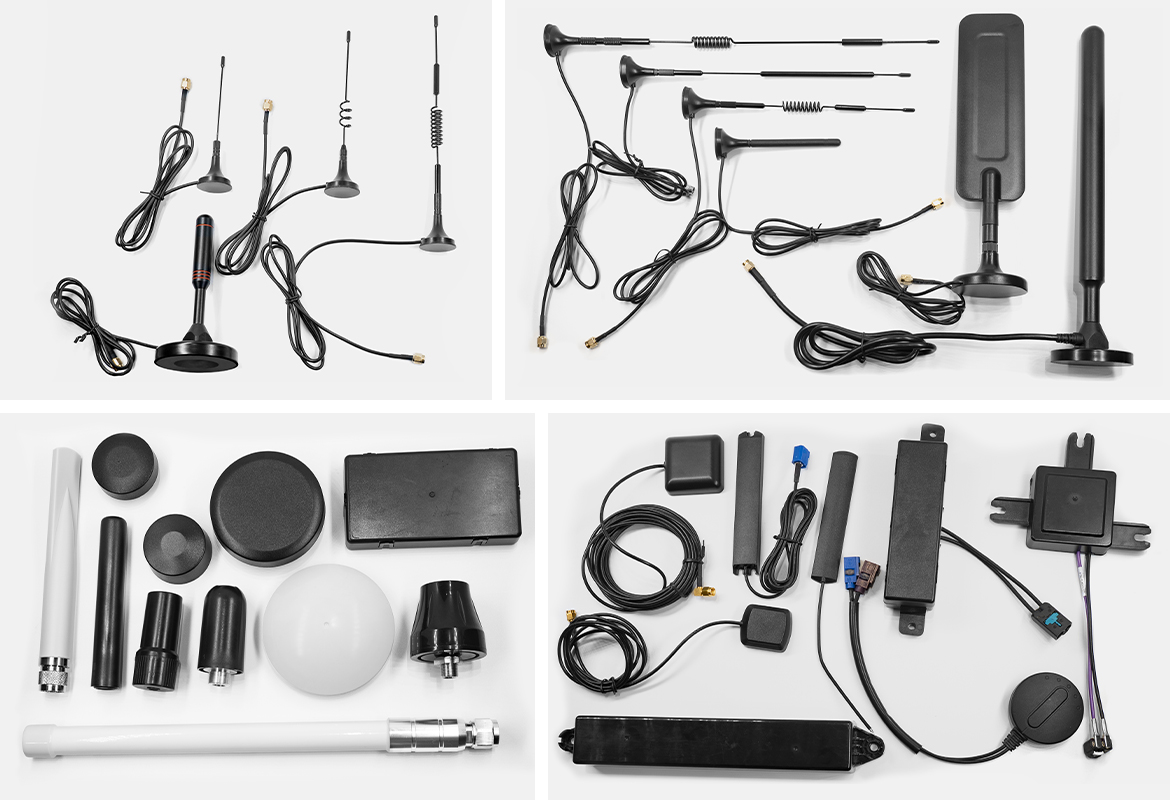The Science Behind Blade Antennas: Understanding Their Design and Functionality
Cuerpo
In the realm of wireless communication, blade antennas have emerged as a pivotal technology. Their unique design and functionality make them suitable for various applications, from mobile devices to advanced communication systems. This article delves into the intricacies of blade antennas, offering insights into their design principles and operational mechanisms.

What Are Blade Antennas?
Blade antennas are a type of antenna characterized by their flat, elongated shape, resembling a blade. This design allows for a compact form factor while maintaining effective performance. Typically constructed from materials such as metal or plastic, these antennas are engineered to operate across a range of frequencies, making them versatile for different communication needs.
Key Features of Blade Antennas
- Compact Design: The slim profile of blade antennas makes them ideal for space-constrained environments.
- Wide Frequency Range: They can be designed to operate over various frequency bands, enhancing their applicability.
- Directional and Omnidirectional Options: Depending on the design, blade antennas can focus signals in specific directions or broadcast them in all directions.
How Do Blade Antennas Work?
The functionality of blade antennas is rooted in their ability to convert electrical energy into electromagnetic waves and vice versa. When an alternating current passes through the antenna, it generates a radiating electromagnetic field. This process is influenced by several factors, including the antenna's length, shape, and the frequency of the signal being transmitted.
For instance, if the length of the blade antenna is a fraction of the wavelength of the signal, it can effectively transmit and receive signals. This relationship between the antenna's dimensions and the wavelength is crucial for optimizing performance. Understanding this concept can help engineers design more efficient antennas tailored to specific applications.
Applications of Blade Antennas
Blade antennas are widely used in various sectors, including:
- Telecommunications: They are commonly found in mobile phones and base stations, facilitating seamless communication.
- Automotive: Many vehicles utilize blade antennas for GPS and radio reception.
- Aerospace: In aviation, blade antennas are employed for navigation and communication systems.
Choosing the Right Blade Antenna
When selecting a blade antenna, it is essential to consider factors such as frequency requirements, gain, and installation environment. For those seeking high-performance options, exploring specialized collections can be beneficial. For instance, you can find a variety of antennas at  , which cater to diverse communication needs.
, which cater to diverse communication needs.
Conclusion
In summary, blade antennas represent a significant advancement in antenna technology. Their compact design, versatility, and efficiency make them indispensable in modern communication systems. By understanding their design and functionality, users can make informed decisions about their applications, ensuring optimal performance in various environments.







Comentarios